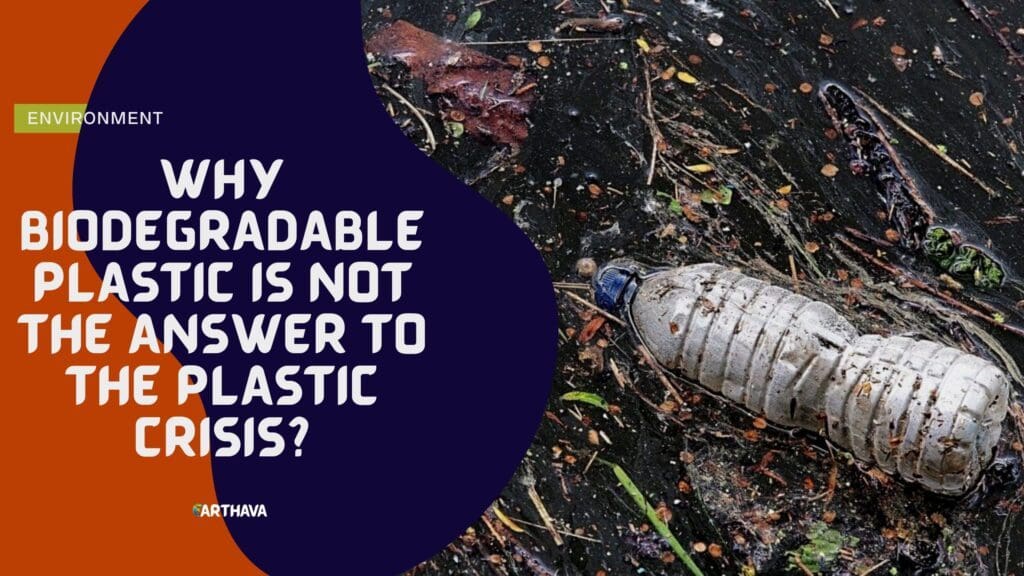Did you know that around 8 million metric tons of plastic enter our oceans each year? From takeout boxes to coffee cups, these objects have caused a global disaster. The fight to eradicate the plastic crisis has often involved biodegradable plastic. Unfortunately, those alternatives don’t make a difference.

Here are a few reasons why biodegradable plastic can’t solve the plastic crisis.
It Doesn’t Decay As We Think
When you hear the term “biodegradable,” what do you think? The most obvious biodegradable objects are food scraps. You can toss an apple core into a compost pile and expect it to disappear within a few months. Many companies have tried to replicate this process for plastic. While common types like polystyrene won’t decompose entirely for decades, new alternatives may take less time.
That said, it’s unlikely that any plastic can disintegrate without the correct environment. Factors like sunlight need to be present for elements inside plastic to break down. It’s essential to note that biodegradable plastic can’t deteriorate without certain temperatures – and our oceans can’t provide the right climate. There’s also still an issue when it comes to microplastics.
Even when biodegradable plastic does decay, it’s never finished. These bottles and bags create tiny plastic bits that disperse across millions of square miles. They also emit toxic chemicals that contribute to climate change. Although it breaks down more quickly than its well-known alternatives, it’s still plastic.
There’s More to the Problem
On the surface, it may make sense to use alternatives to combat the plastic crisis. After all, doesn’t it seem right to replace current products with better options? In some ways, yes. Still, biodegradable plastic can’t address how the world works currently. Many communities deal with trash removal systems that create more harm than good for the environment. Plus, most consumers don’t know too much about the plastic crisis.
It’s crucial to deal with our current issues before we introduce more waste. For example, businesses have moved away from microbeads as a beauty product ingredient after legislation banned them across the United States. Both companies and consumers alike need to support cleanup initiatives as well. Even though most products don’t contain microbeads anymore, trillions wash up on our beaches every day.
While individuals need to cut down on their plastic usage, it’s even more necessary for major corporations to eliminate it altogether. There should be a massive push to ban these materials worldwide. Until then, we can expect biodegradable plastic to make a small impact.
Labels Aren’t Always Accurate
There’s more to labels than meets the eye. Let’s say you buy tea from a cafe. It comes inside a biodegradable coffee cup – or at least that’s what the label reads. You toss it into the shop’s compost bin on your way out. Then, your cup arrives at a facility where it can disintegrate with help from specific equipment. If you had taken it home to your backyard, it would’ve taken a long time to decompose.
The labels you see on biodegradable plastics don’t always convey accurate information. If a bag that needs to decompose underwater somehow finds its way to a landfill, it won’t break down like it’s supposed to. This point ties back to the idea that these plastic alternatives don’t disintegrate unless there’s a proper environment present.
Therefore, it’s not easy to know whether or not your biodegradable plastic water bottle will decay. You can trust that it’ll do so eventually – but how long should we expect that to take?
Plant-Based Plastic Alternatives Can’t Solve Ocean Pollution
As much as biodegradable plastics cut down on decomposition timelines, it’s impossible to conquer the plastic crisis without further action. These products can help, but it’ll take increased efforts to eliminate these issues wholly.






